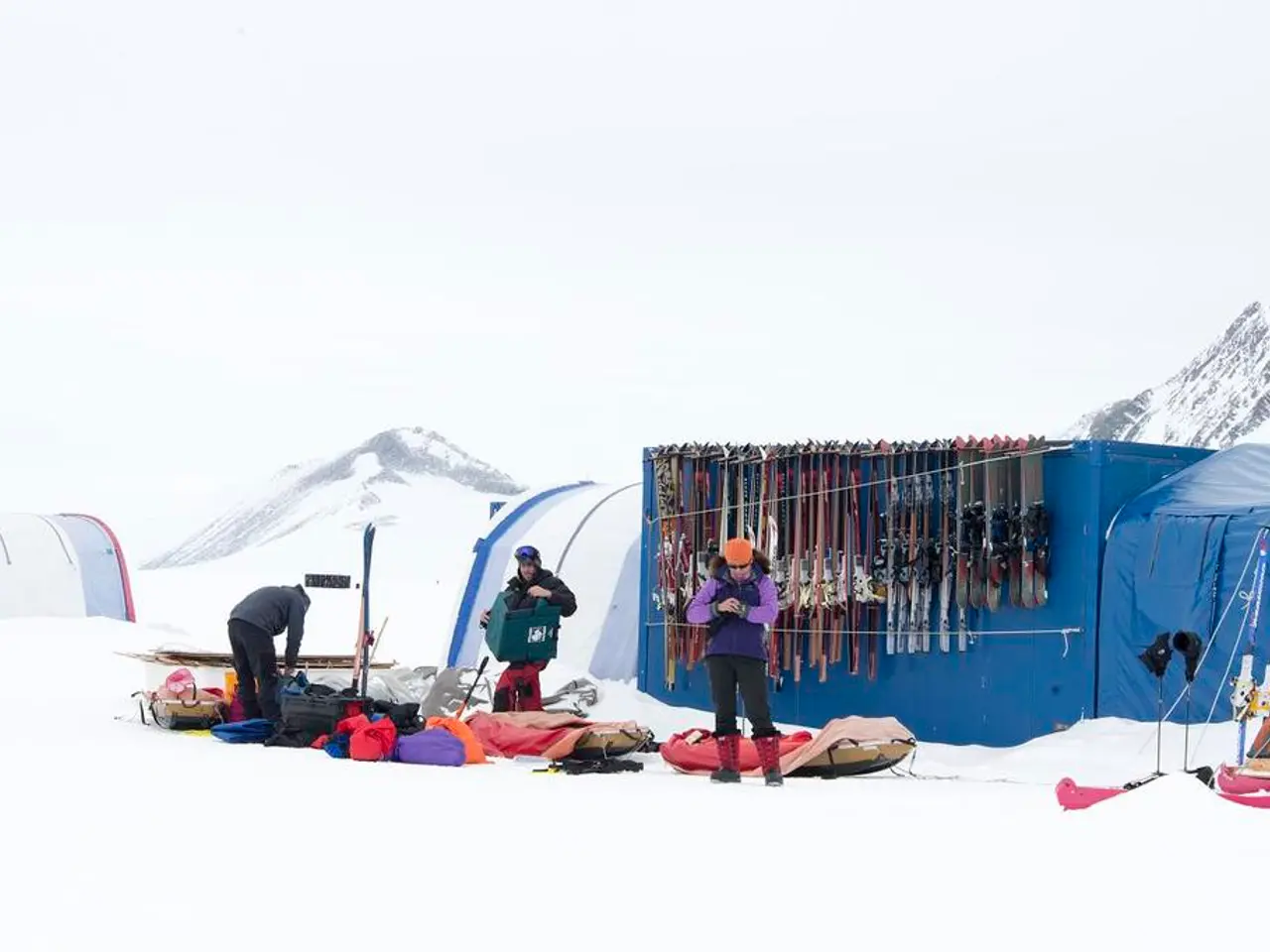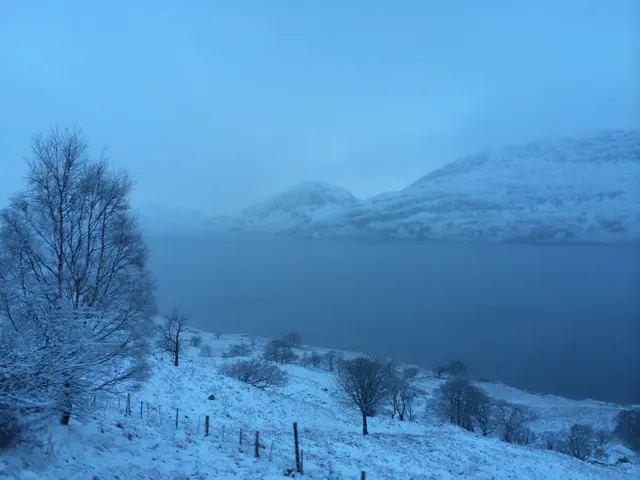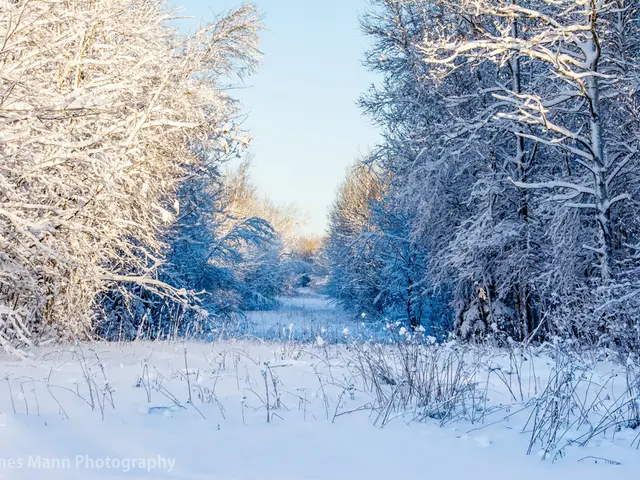Alaska's Mendenhall Glacier experiences a catastrophic lake outburst, leading to unprecedented flooding with record-breaking levels.
Potential Catastrophic Flooding Threatens Juneau, Alaska
Juneau, Alaska, is bracing for a potential catastrophic flooding event, with the Mendenhall Glacier's Suicide Basin posing a significant risk. The basin, prone to glacier lake outburst floods (GLOFs), has been releasing water downstream, threatening the populated area.
The causes of this potential disaster are primarily due to the failure or overtopping of the ice dam formed by the Mendenhall Glacier, which holds back water in Suicide Basin. As climate warming causes the glacier to retreat and thin, Suicide Basin fills to critical levels, and the water pressure forces its way under or around the ice dam.
The consequences of this situation are severe. The floodwaters are expected to peak around 8 a.m. local time on Wednesday, surpassing previous flood stages and potentially reaching 16.75 feet or higher. This could result in record flooding of Mendenhall River and Mendenhall Lake, surpassing the records set in 2023 and 2024.
The destruction and damage to homes and infrastructure are already evident. Past outburst floods have destroyed structures along the river, swamped hundreds of homes, eroded riverbanks, and caused significant public infrastructure damage. Some homes have even collapsed into the river due to erosion.
Residents in flood zones have been urged to evacuate to avoid danger, and flood warnings are in effect. City officials are warning residents to avoid driving on roads within the flood zone already inundated by water. Alaska Sen. Lisa Murkowski has warned that the situation could become life-threatening and advised residents to evacuate if told to do so.
Local and federal agencies have installed flood control barriers along the river to reduce impacts, but outburst floods remain a major concern. Even if warming were to stabilize at current levels, the world's glaciers would still likely lose at least 39% of their mass, posing recurring threats for the next 25 to 60 years.
In 2024, record-breaking flooding from Suicide Basin occurred, damaging nearly 300 homes. The rate of ice loss has increased by about 36% in the past two decades, and between 2000 and 2023, glaciers around the world lost an estimated 7,211 billion tons of ice.
It is important to note that a glacial lake outburst flood occurs when a dam containing a glacial lake breaks. In Alaska, glaciers have been experiencing a steep decline since the late 1980s, as reported by the state's Department of Geological and Geophysical Surveys. This has led to the Suicide Basin outburst in 2023, which caused a decade's worth of erosion in one weekend, as stated by NOAA.
As the situation continues to develop, residents and authorities are working together to respond and mitigate the risks posed by the potential catastrophic flooding in Juneau.
References: 1. National Oceanic and Atmospheric Administration (NOAA) 2. National Weather Service (NWS) in Juneau 3. The Associated Press 4. World Economic Forum 5. Nature 6. Alaska Department of Geological and Geophysical Surveys 7. NOAA's National Centers for Environmental Information
Read also:
- Amidst India's escalating climate crisis, transgender individuals continue to persevere
- Germany's three-month tenure under Merz's administration feels significantly extended
- Governing body allegedly persists in enjoying vacation time amidst Spain's highest danger level due to fires, claims Feijóo
- United Nations Human Rights Evaluation, Session 45: United Kingdom's Statement Regarding Mauritius' Human Rights Record








